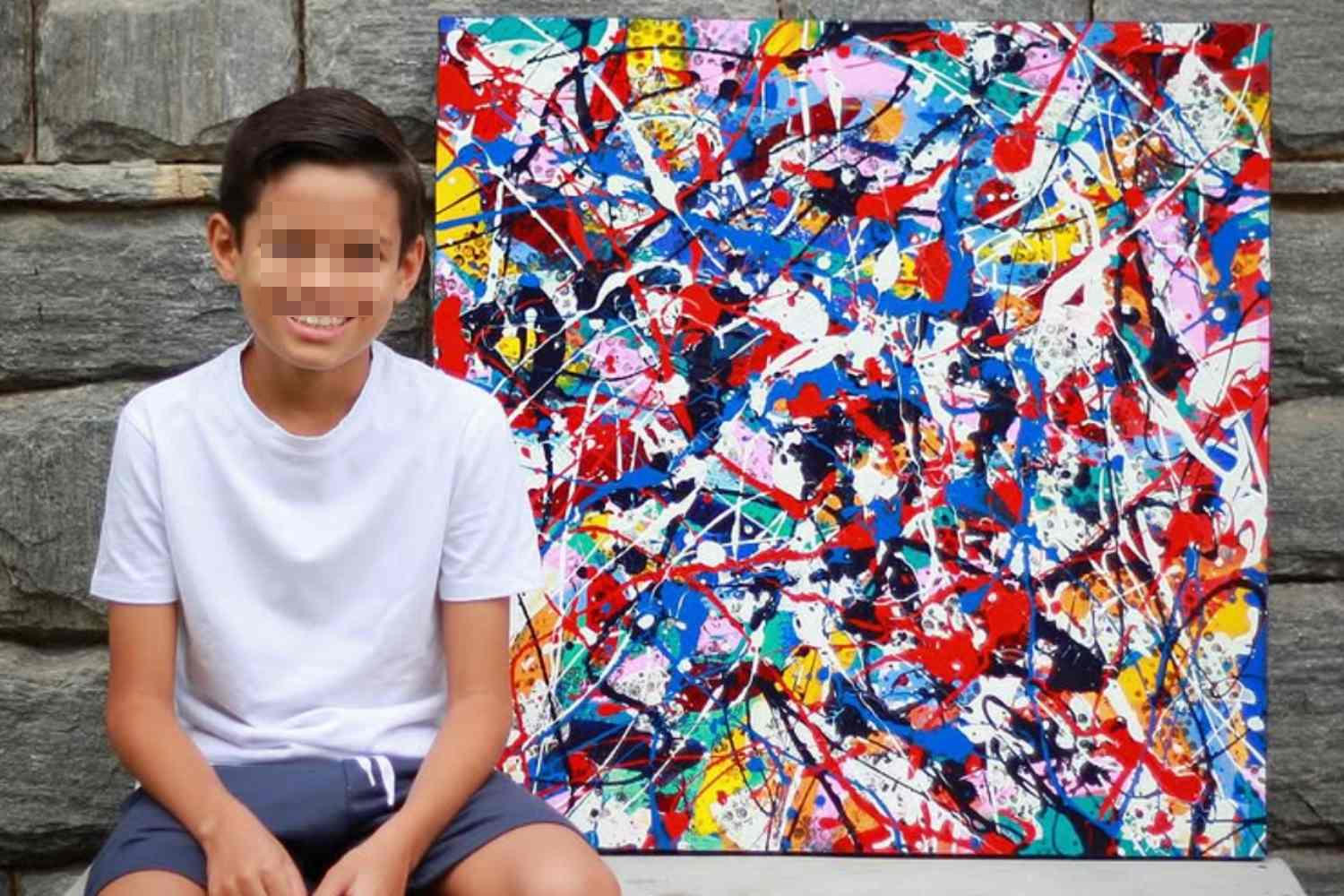Nine-year-old autistic artist Mateus Rosa from Brazil will showcase his paintings at the Louvre, proving how art can break barriers and foster inclusion.

@eleartista/Instagram
The small town of Campina Grande, in the Brazilian state of Paraíba, could hardly have imagined sending one of its children to the most celebrated museum in the world. Yet that is exactly what is about to happen. Nine-year-old Mateus Rosa will soon see his paintings exhibited at the Louvre in Paris—an extraordinary milestone for a boy who picked up a paintbrush before he could even speak fluently.
Mateus’s story is not just about raw talent. Diagnosed with autism at a very young age, he began painting when he was just two years old. What started as a pastime quickly became his way of making sense of the world. The canvas turned into a safe space where colors replaced words, where shapes stood in for sentences. Each brushstroke was both a challenge and a victory, helping him improve his speech, cope with sensory difficulties, and connect with those around him.
An international stage
From October 17 to 19, Mateus’s paintings will hang in the halls of the Louvre, thanks to a French gallery that discovered his work on social media. For his family, the invitation feels surreal. “We never imagined an opportunity like this,” they said, describing the honor as the culmination of years of dedication, patience, and love toward nurturing his creativity.
The recognition goes far beyond the prestige of the venue. It is proof that art can transform the trajectory of a child’s life, especially one marked by challenges that society often misreads or underestimates. His therapists have long seen painting as essential to his growth, a tool that helps him face everyday hurdles while carving out his own voice in the world.
Creativity without barriers
To see Mateus’s work on display in one of the most important cultural spaces on the planet is to witness more than a personal triumph—it is a reminder of the power of human expression. Whether through art, music, or any other creative form, these outlets become bridges where barriers usually stand. They allow emotions to be shared, foster inclusion, and turn what many perceive as limitations into opportunities.
As Mateus prepares to travel from Campina Grande to Paris, his story carries with it a lesson as vibrant as the colors in his paintings: that creativity is often the most universal language we have.
Source: PÚBLICO
